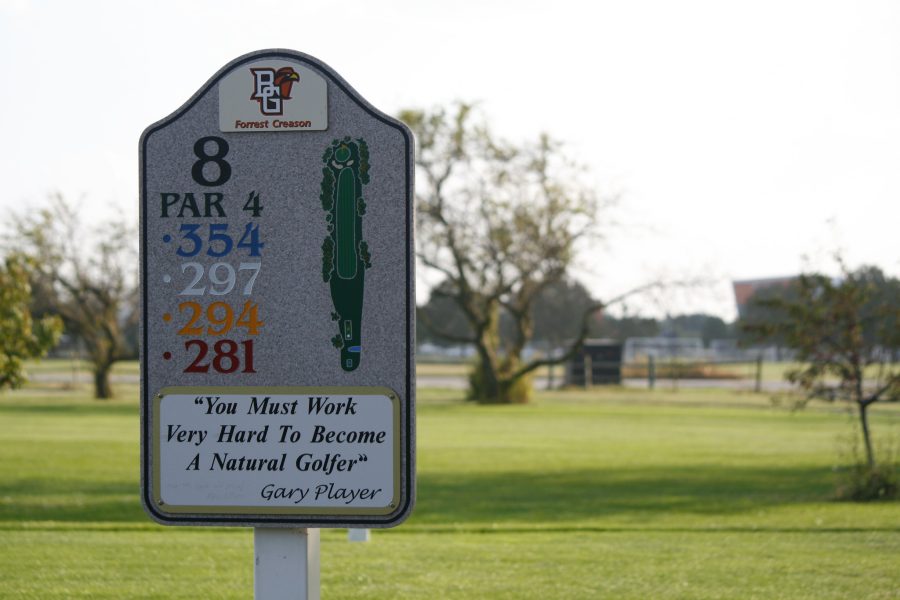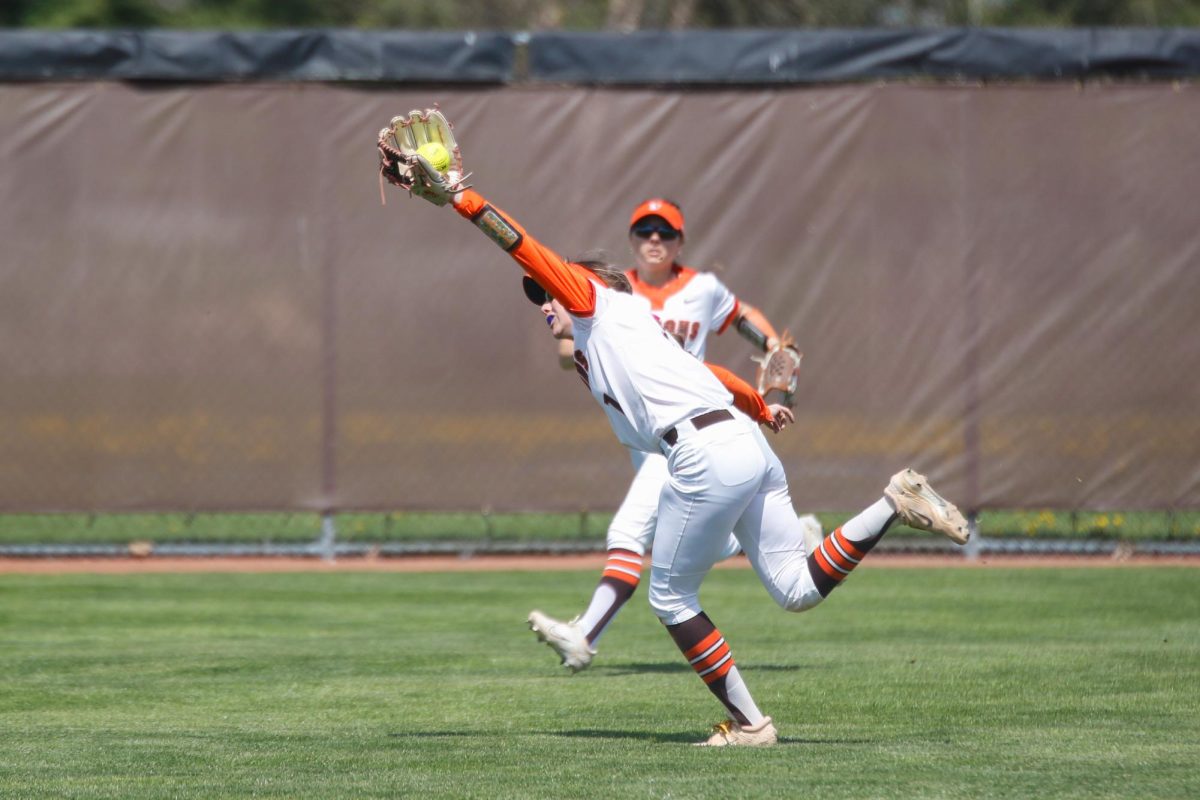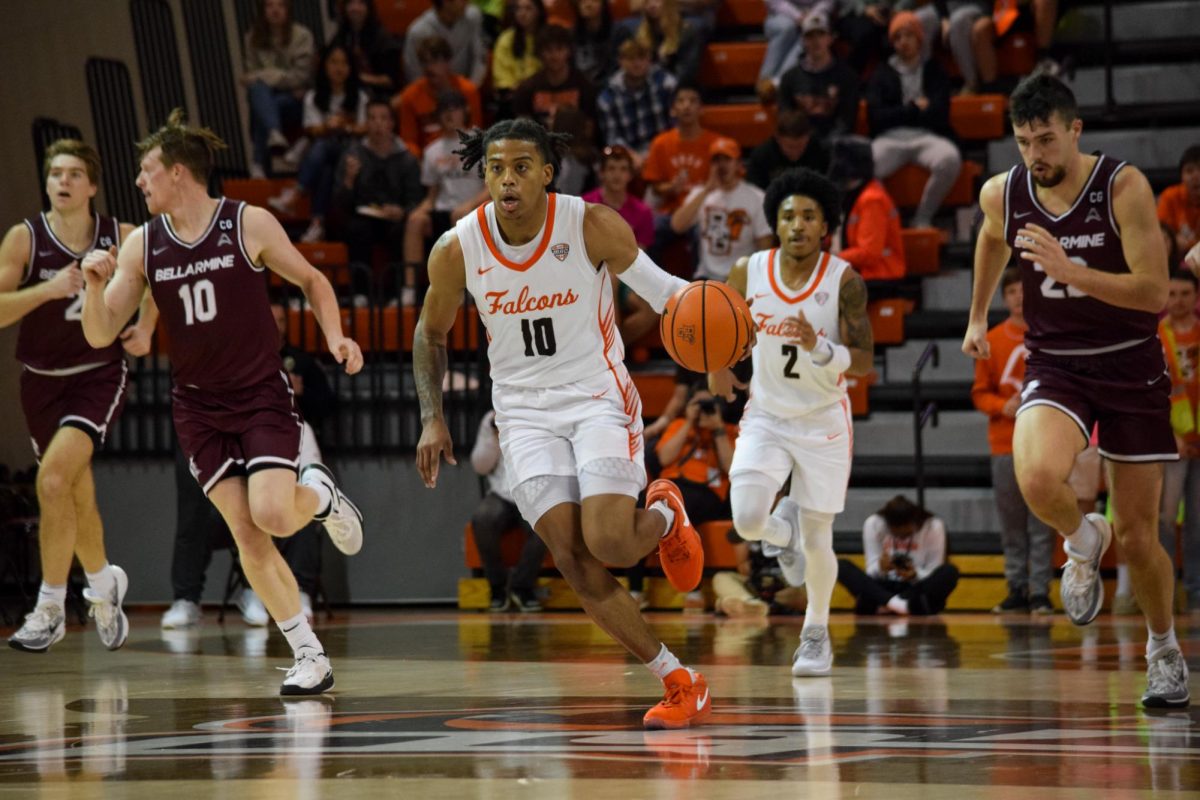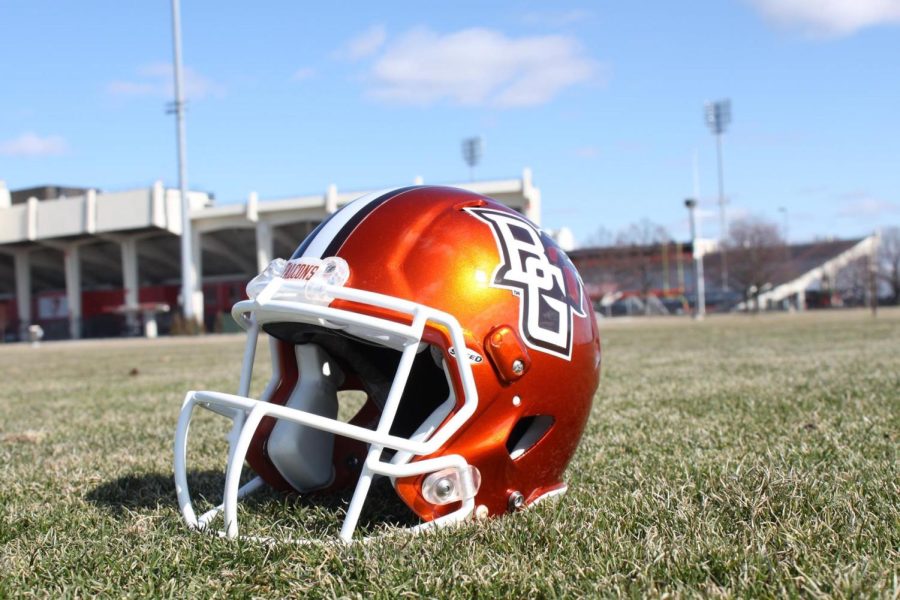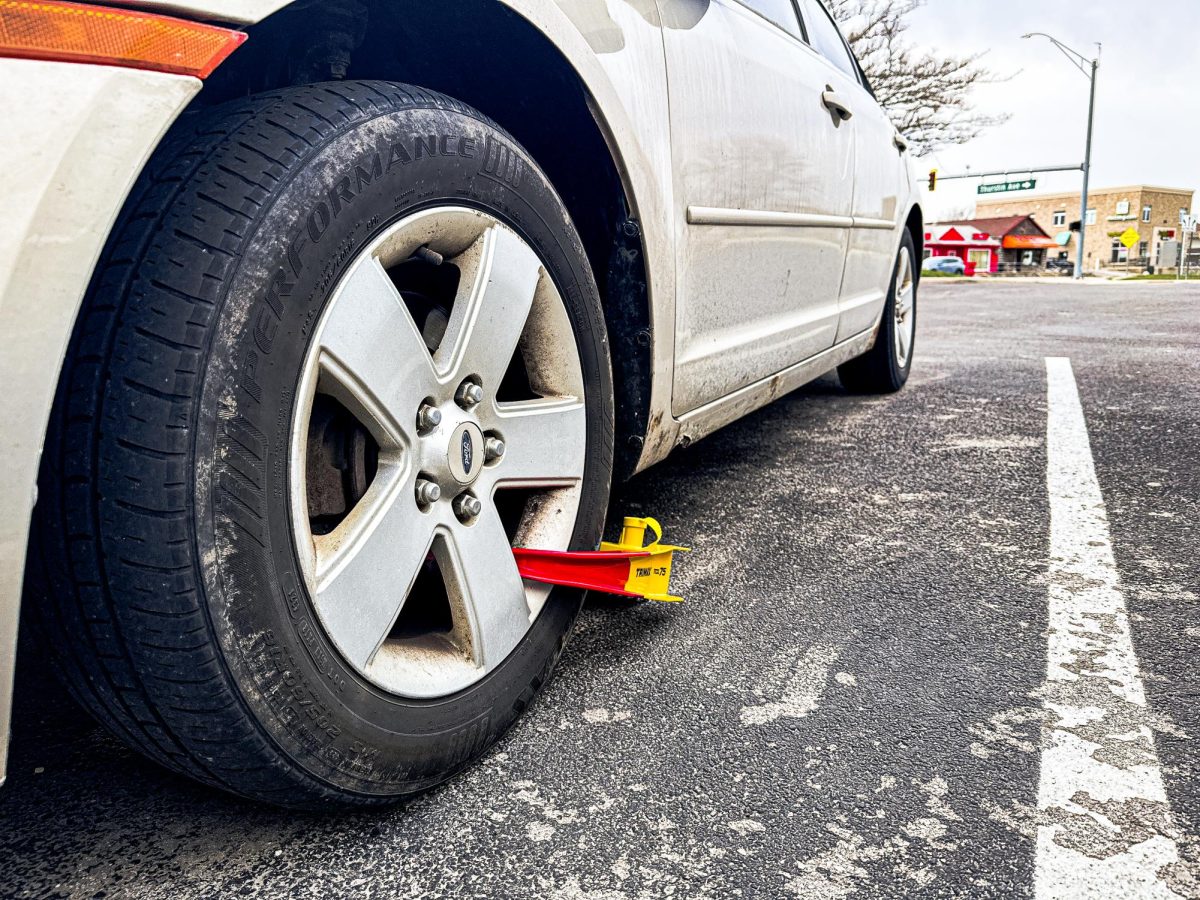COLUMBUS – Nearly a decade ago, Cleveland businessman Dan Moore created Team Wendy as a memorial to his eldest daughter. She died from head trauma after a 1997 skiing accident in California.
The mission: Develop a helmet that was more energy-absorbent, something that might have protected Wendy, 29, as she cascaded down that icy slope at Mammoth Mountain.
It was passion born of pain. Wendy wasn’t wearing a helmet that day, but if she had been, it probably would not have provided adequate protection, Moore discovered. It didn’t take long for Moore’s entrepreneurial instincts to take over. He enlisted the help of local chemists, physicists and engineers to invent a substance that would better cushion the force of blunt blows.
The result was Zorbium, a patented black goo that turns from liquid to foam.
But as fate would have it, skiers and snowboarders aren’t the ones benefiting from Zorbium, at least not yet. It’s the thousands of men and women serving with the U.S. military in Iraq and Afghanistan.
Team Wendy’s helmet pads have become standard military issue. The Army embraced them first and, more recently, so did the Marines.
Located in a corner of an old plant – a large, beige brick building – Team Wendy cranks out several thousand sets of pads a week. The process begins when a variety of chemicals are mixed together and then shot into crates where the liquid hardens and rises into spongelike loaves of dark gray foam.
The loaves are then sliced like bread and the pieces are glued together in twos to create a foam laminate. The individual pieces are then cut from the laminate.
Each helmet takes seven pads – a circle for the crown, two trapezoids for the front and back and four rectangles for the sides. If the military personnel don’t already have the necessary fasteners and four-point chin straps, they get those, too.







